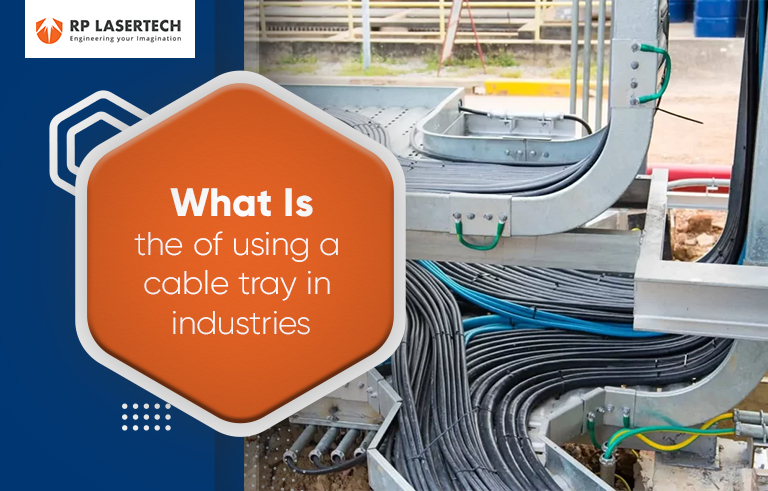Summary
RP Lasertech has been in the industry for many years as a well-known cable tray vendor and manufacturer of cable management systems. Several features make RP Lastertech cable trays popular, including corrosion resistance, durability, and reliability. The prices are market-leading, and customers can purchase these from them. Our team will help you find the best Cable Trays in India.
Cable trays are construction materials used inside buildings to hold courses, cables, and wires without damaging them. Rather than routing wires over the roof space and exposed partitions, these cable trays allow installers to run them inside a shaped path.
Trays can ensure security wires are protected, or information is transferred around the structure by managing whatever types of electrical cables are required. Although exact procurements might differ, most national and local construction standards require cable trays to be used in various capacities.
With technological advances, there is a greater need for effective bolstering routines. Nowadays, buildings and plants are more likely to be computerised. The complex type of cable and wiring lying has become an essential piece of modern business and structure by offering prompt, versatile, and inadequate answers to these difficulties. Cable Tray Manufacturers have responded to this demand by introducing several types of cable trays.
What is the importance of choosing the right cable tray material?
Generally, cable trays are included in systems that support cables and wires for power and communication. A cable tray system is designed to accommodate both power and signal cables while providing easy upgrades, expansions, reconfigurations, or relocations of networks.
A cable tray system is usually open, allowing for efficient heat dissipation and easy maintenance. Cable tray systems are typically mounted on walls or ceilings, but some are designed to be installed beneath the floor.
There are several factors to consider when selecting a cable tray for the right purpose, including the cables’ number, size, spacing, and weight.
What are the benefits of using a cable tray?
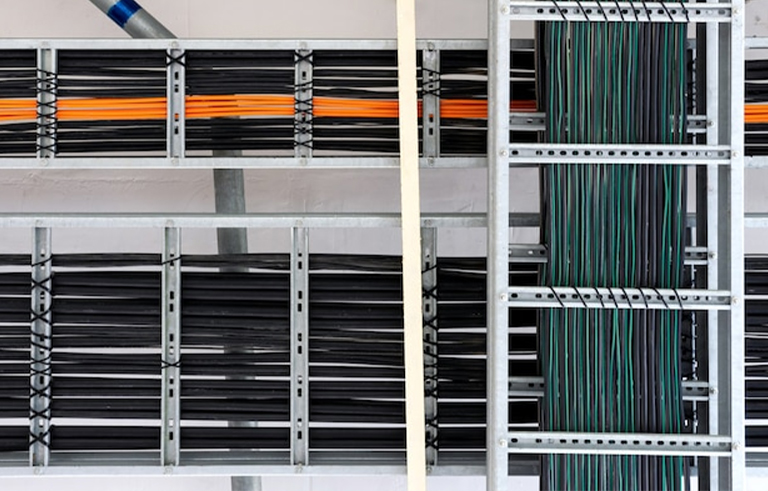
Cable trays are fundamentally intended by cable tray manufacturers near me to secure cables and wires. The trays help maintain the wiring’s form and make it easier to find wiring-related variables by a maintenance workforce.
Cable trays enable you to take care of a wire in its area to make maintenance easy. It is important to keep these cables secured so that circuit testers and installers will not be exposed to electric stuns.
Cable trays offer the following benefits:
- Suitable for conveying a wide variety of cables due to its solid construction.
- Cable trays with perforated bases provide sufficient ventilation and a convenient position for connecting cables.
- The epoxy-covered, powder-covered, pre-aroused completion makes it resistant to consumption, fire, and dampness.
- Warmth scattering is phenomenal.
- Maintenance checks can be performed instantly on cables;
- The shielding edge is protected and smooth, so no preparation is necessary.
- Designed to withstand short circuits adequately.
- Suitable for all sizes.
- Fast, simple, and adaptable establishment.
- Exceptional development configurations allow cable trays to be placed anywhere.
- Easily accessible in different assistants for fixing and introducing.
- An extended life expectancy.
- Compared with other production floor protective wiring methods, it costs much less.
Types of Cable tray
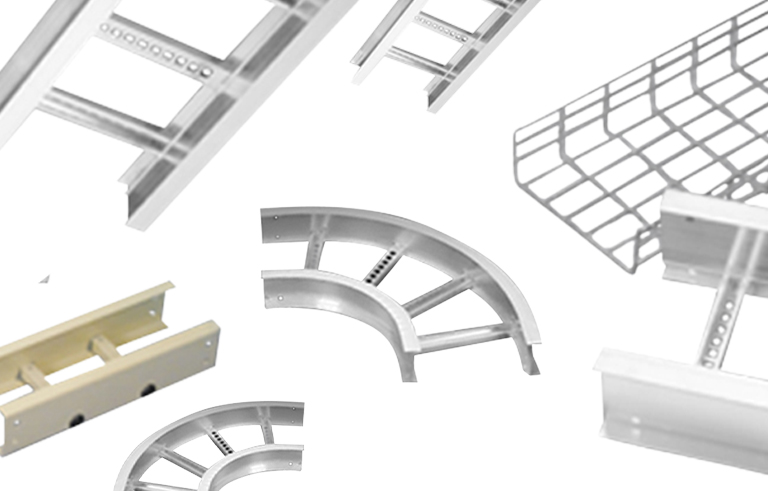
Ladder-Type Cable Tray
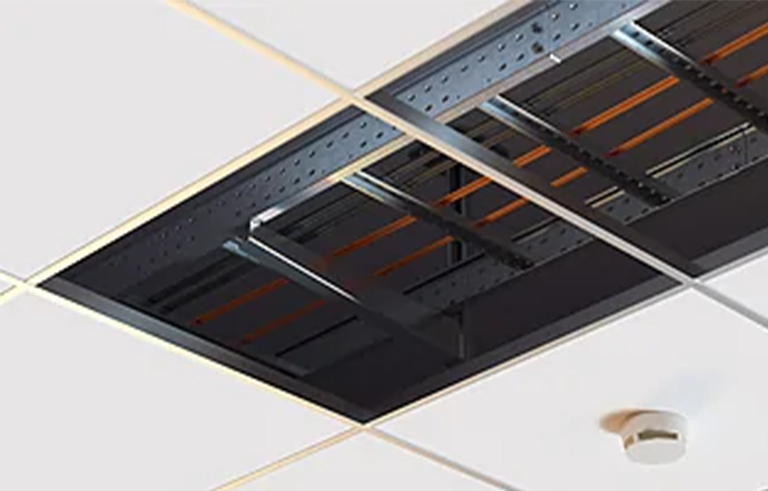
Ladder cable tray manufacturing consists of two rails joined by rungs. Cables can easily be accessed from the top or bottom of this cable tray because of the ladder rungs.
Cable trays with ladder rungs can tie down cables in non-horizontal cable runs and save cable placements in horizontal cable runs.
Solid Bottom Type Cable Tray
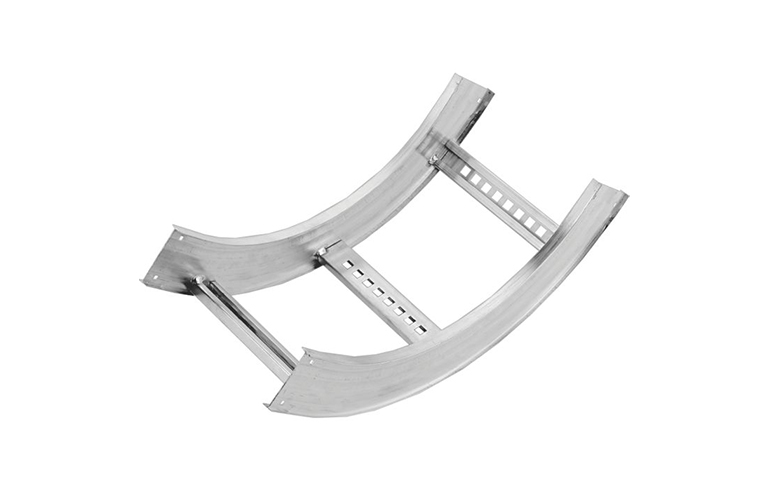
It is recommended to use cable trays with solid bottoms (without vents) when installing fibre-optic cables, as drooping cables could negatively affect the system’s performance. Electromagnetic/radio-frequency interference is a major reason for using solid-bottom trays.
Perforated Cable Tray
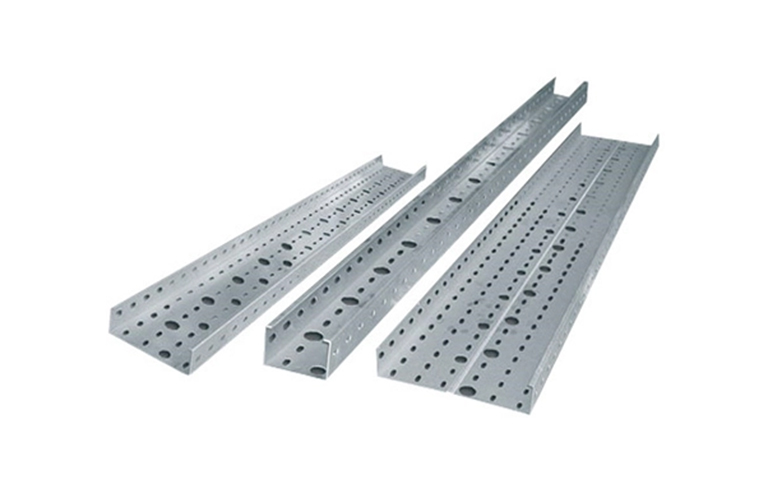
The cable holder has perforations on the bottom, and the side rails are ventilated so that you won’t get moisture in your cable. Cables are better supported with this tray than ladder-style cable trays.
Channel Type Cable Tray
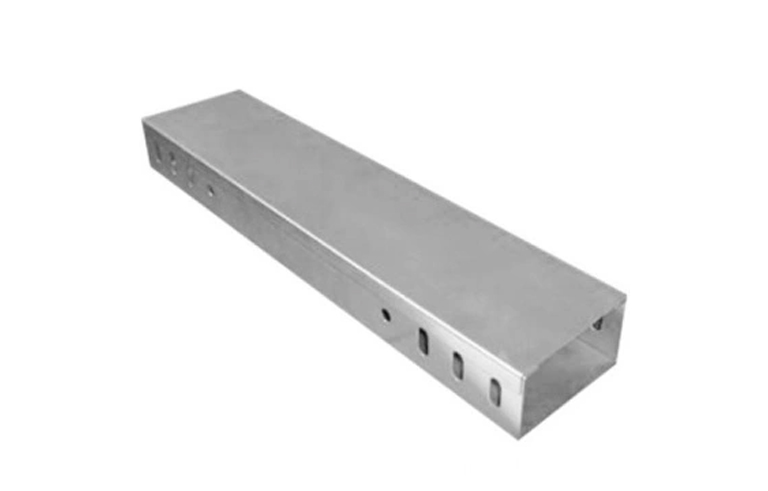
A channel cable tray is a metal tray that can be used for even the most modest cable installations. It comes in a variety of designs.
Wire Mesh Cable Tray
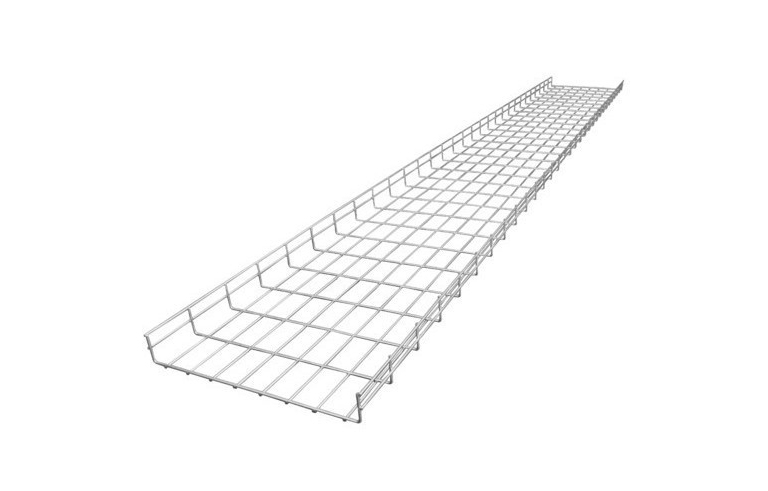
A wire mesh cable tray, also called a basket cable tray, is a cable tray made out of stainless steel wires that create a basketlike mesh.
Cable Tray in different industries
Commercial constructions
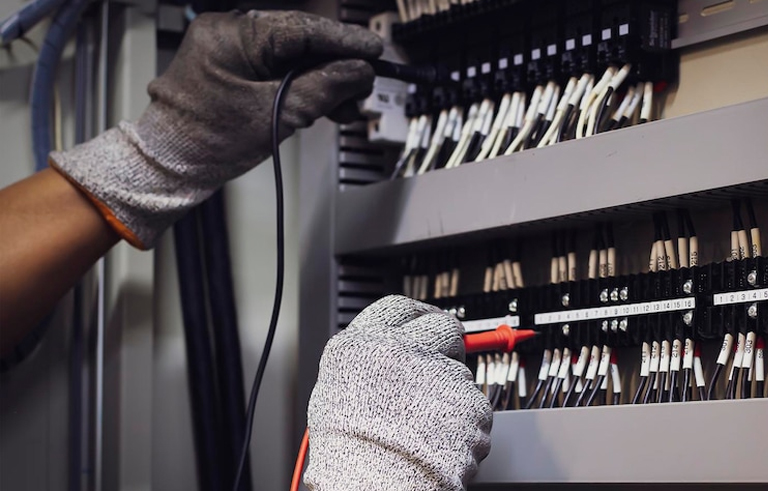
Whether it is a building, industry, or construction, a cable tray supports electrical wiring for power supply in any building, industry or construction. It is generally used in open wiring systems, where many wires and air circulation are required to maintain them.
Oil and Gas
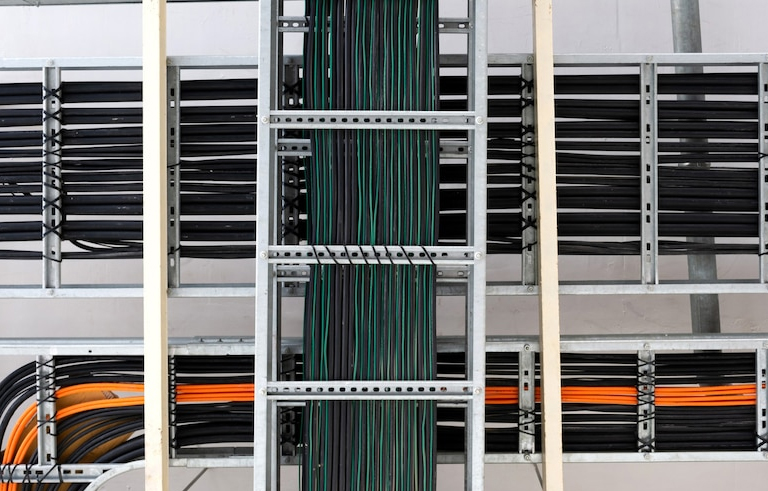
Fuel extraction and manufacturing facilities have some of the harshest environments, which makes tray cable ideal for use in these facilities because they are in harsh environments.
Mining

Mining environments are notorious for their hazardous conditions, including explosives and high temperatures. Tray cables may be ideal for this kind of environment, but not all tray cables are suitable due to the differences in insulation and jacketing combinations.
Wastewater Treatment Plants
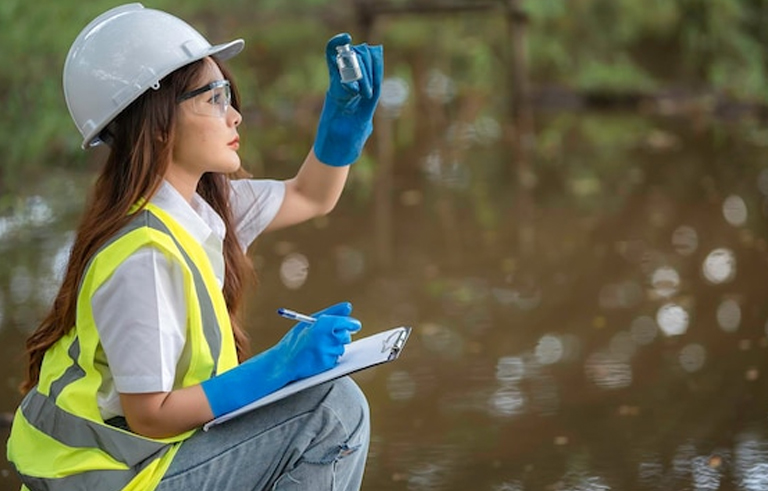
There is a high moisture level in wastewater treatment plants compared to mining environments. Tray cable is versatile enough to be used in wastewater treatment plants, not just in dry conditions but also in wet ones.
Electrical Co-generation
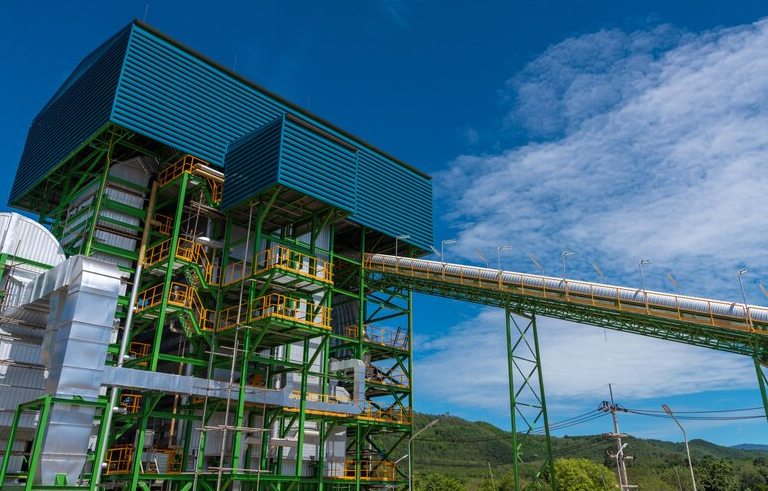
For these facilities, cable jacketing and insulation must be carefully chosen according to the specific needs. For wind turbine applications, the Wind Turbine Tray Cable (WTTC) is an example of a tray cable used in electrical co-generation.

